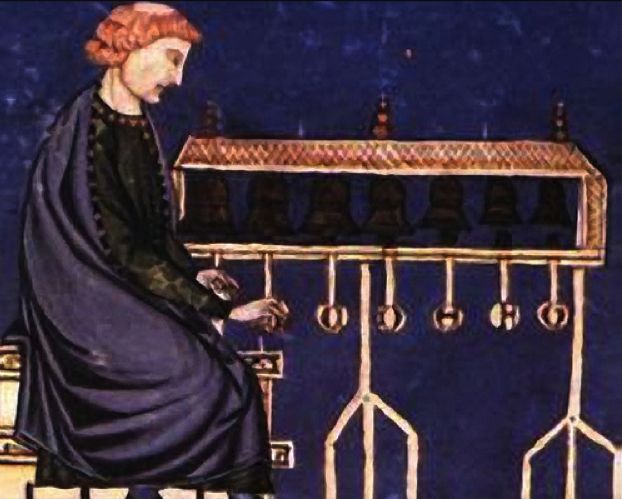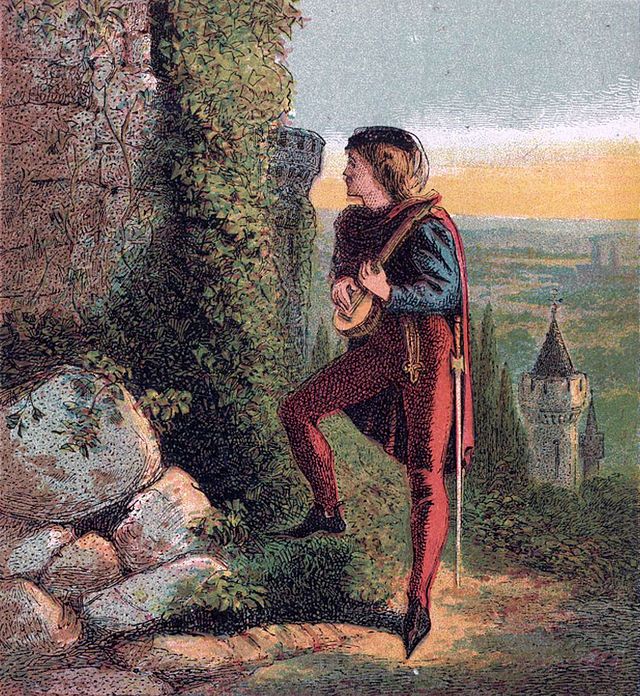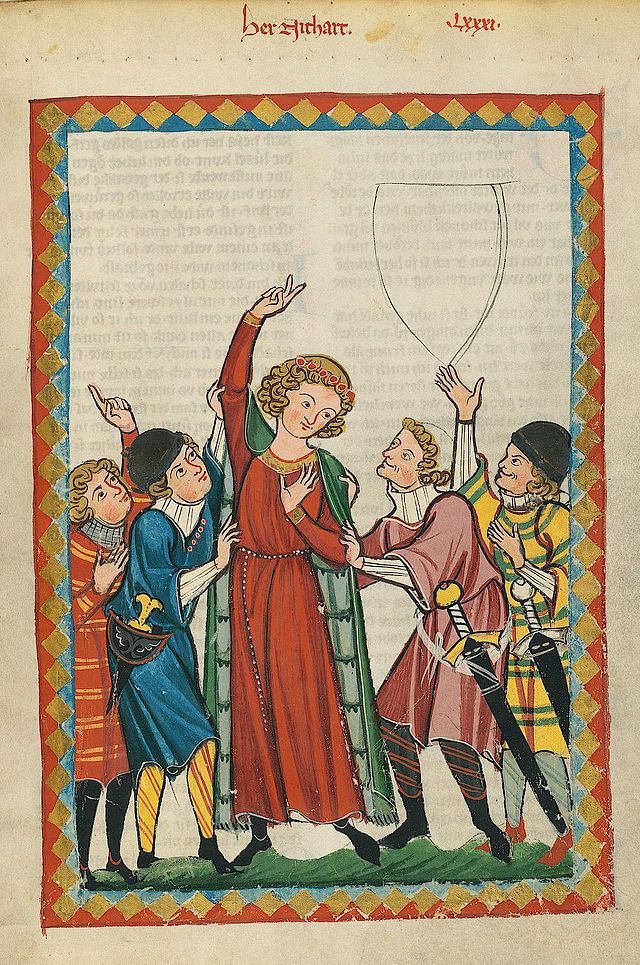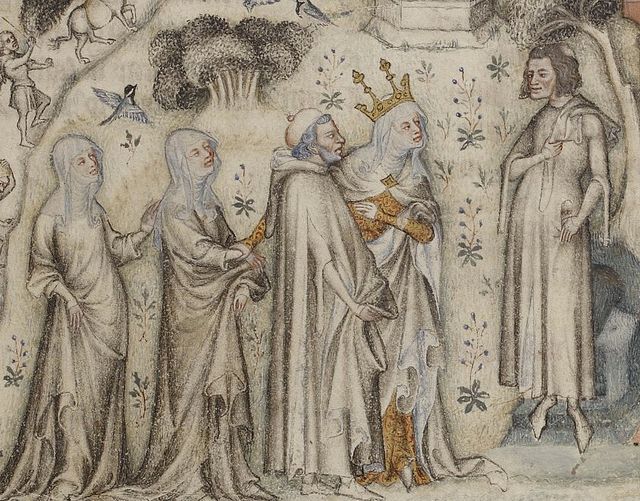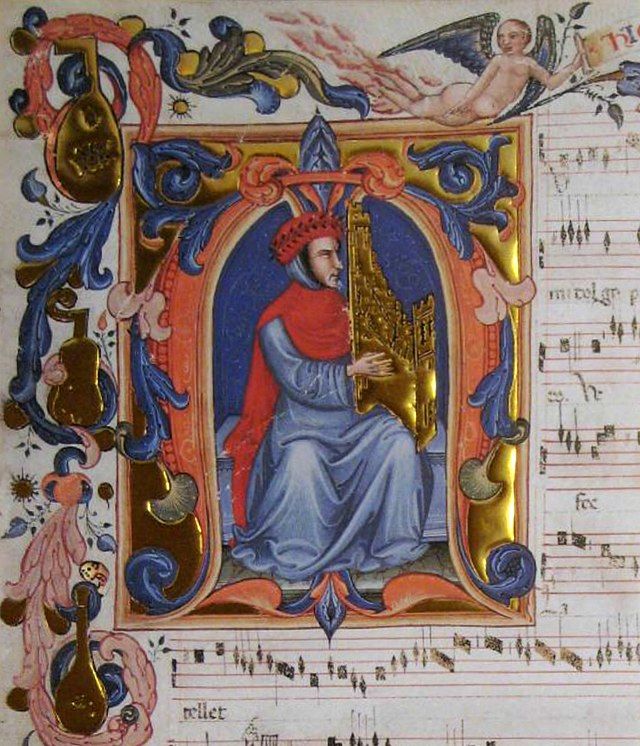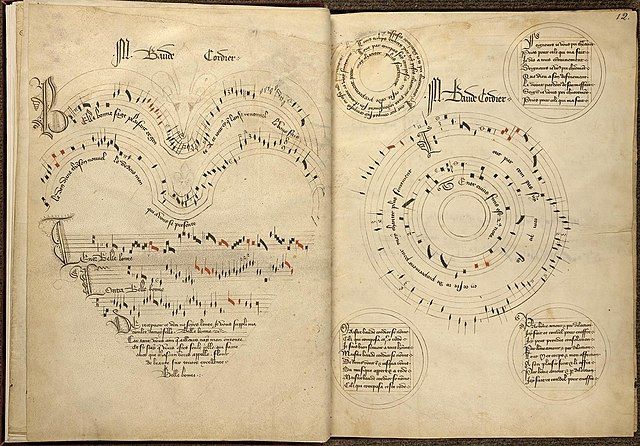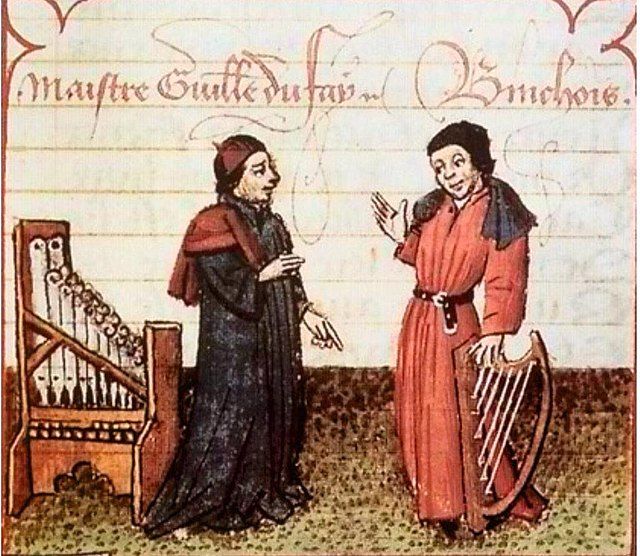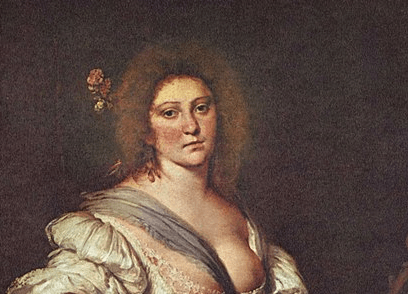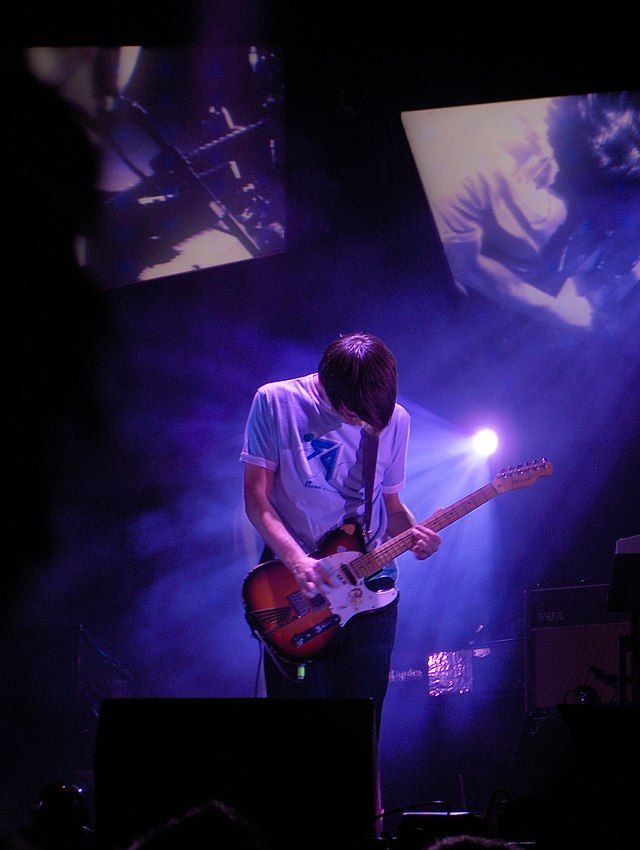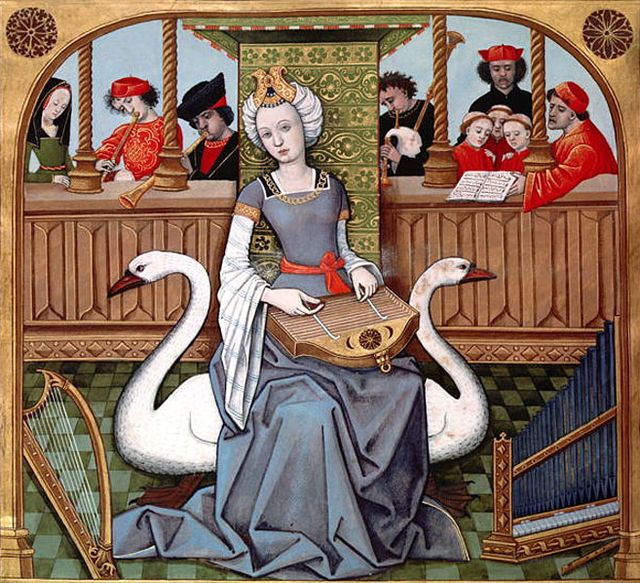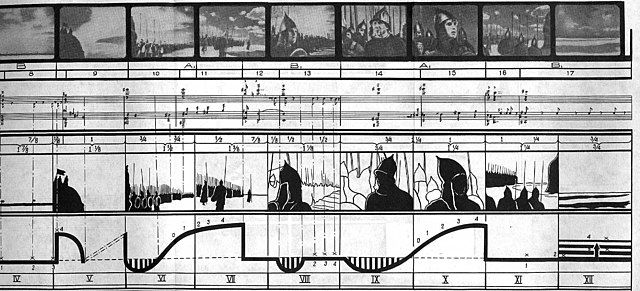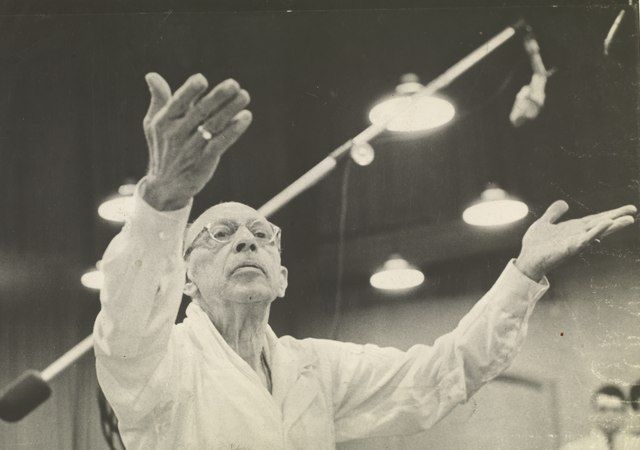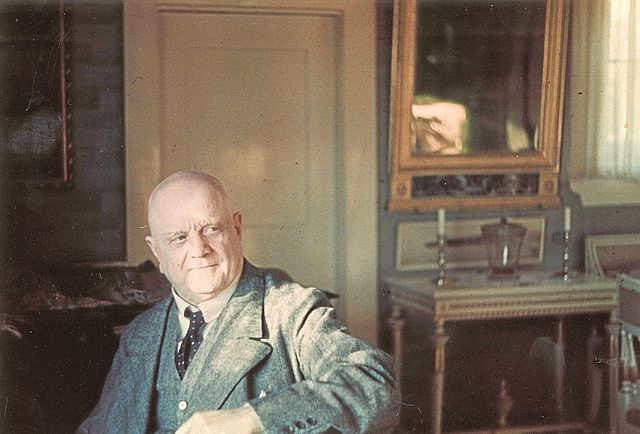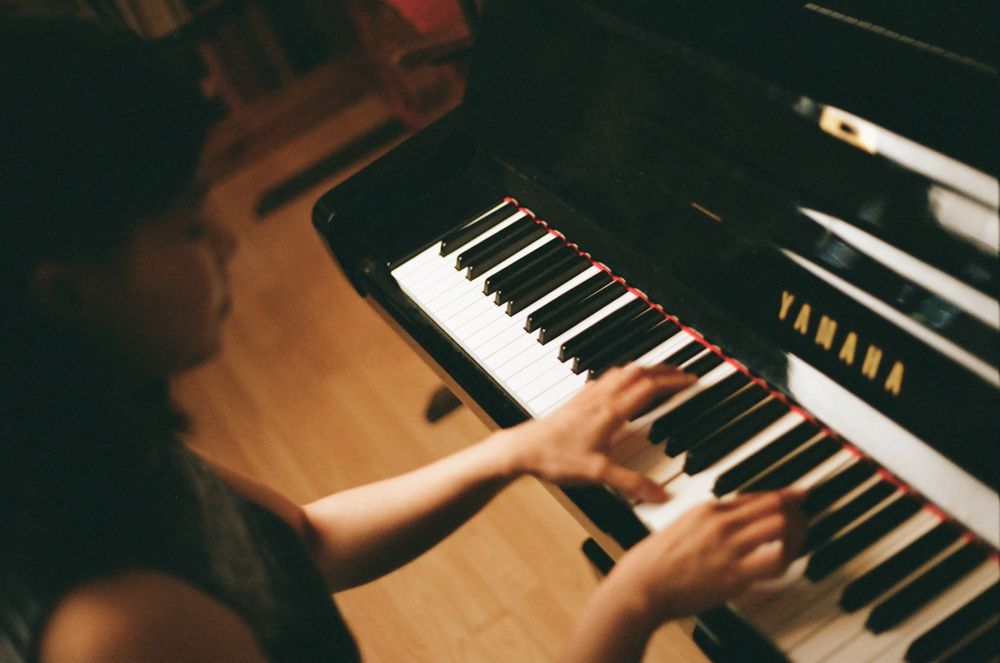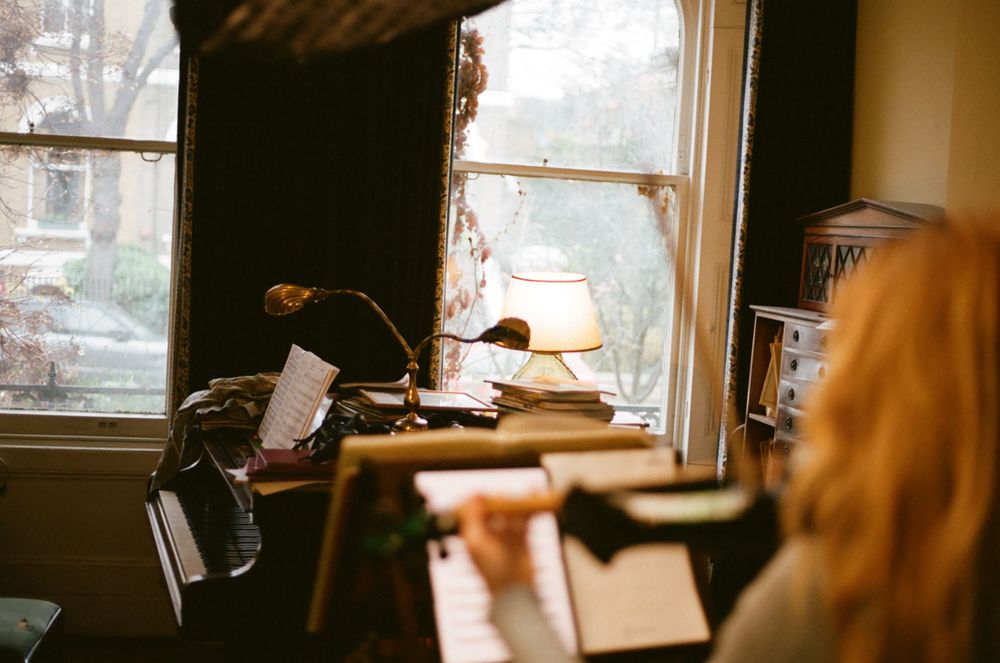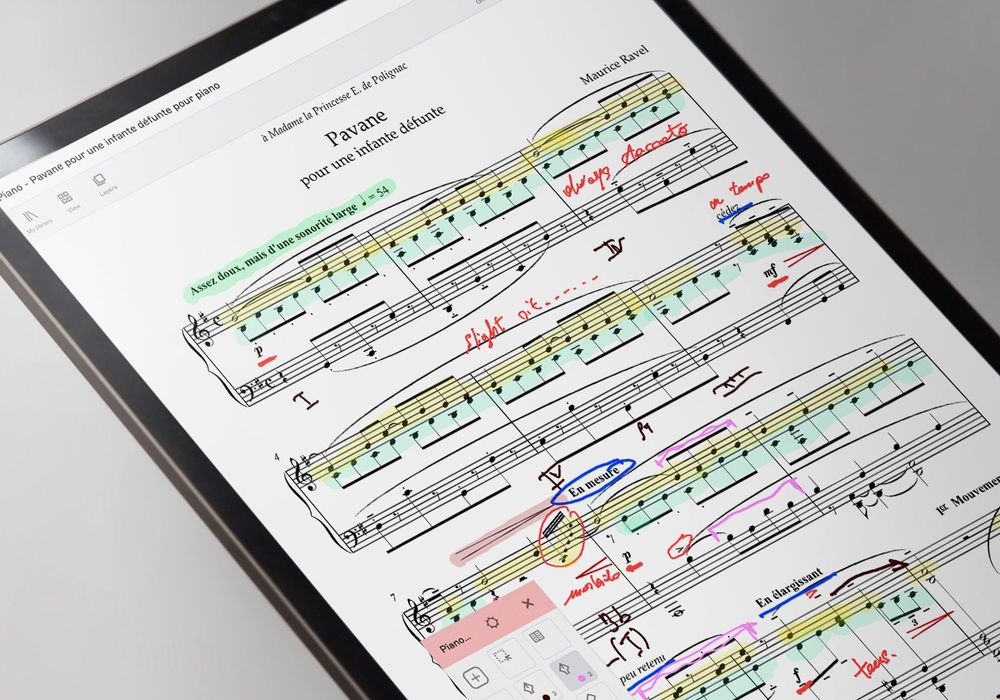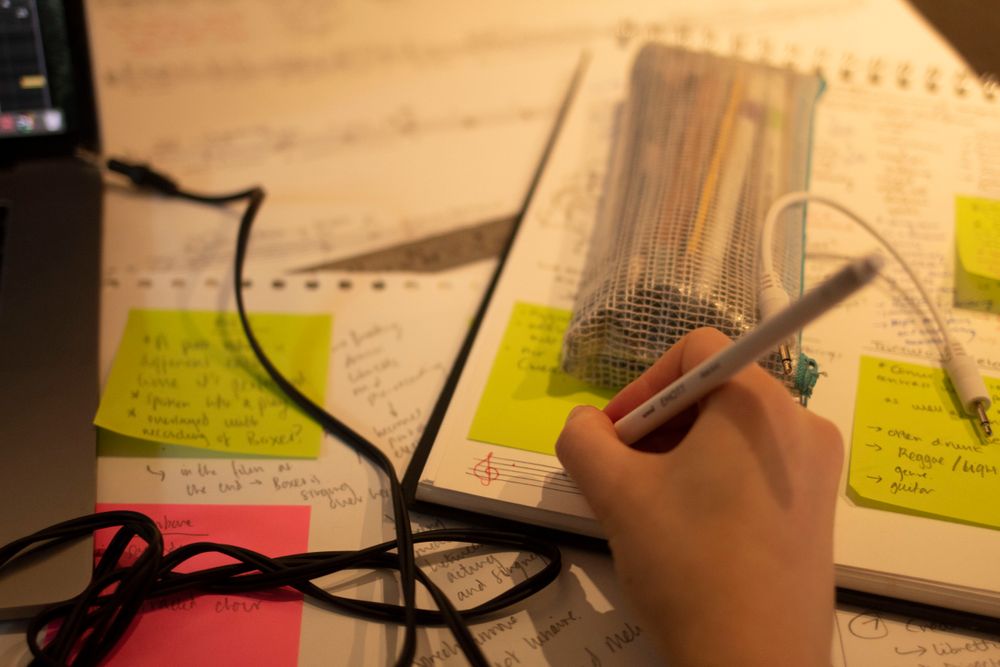Medieval music, and early music more widely, is often neglected by fans of the classical tradition that it founded. They're far quicker to look to Bach, Mozart and the rest. But the music of this expansive, turbulent and - now so long in the past - almost mystical era offers clarity and authenticity that much later music would do well to match.
The medieval period, also known as the Middle Ages, broadly covers the era spanning the fall of the Roman Empire circa 500 AD and the spread throughout Europe of the ideas of the Italian Renaissance, a millennium later in 1500.
As far as music’s concerned, little is known about what went down in the first five hundred years - the ‘early’ medieval period. It was only in the early eleventh century, through the innovations of the monk Guido d’Arezzo that musical notation was developed (read more about him in the blog’s history of sheet music). And for that reason, it’s only in the subsequent centuries that we begin to find composers that left behind written work.
So our composer countdown begins in the so-called ‘high’ medieval era, in the 1100s with Hildegard von Bingen, and ends with Guillaume Dufay, a transitional figure between our period and the revolutionary Renaissance developments, which were cultivated most of all by Josquin des Prez, Thomas Tallis and Giovanni Pierluigi da Palestrina.
Hildegard’s entry has been transferred from the list of the greatest classical composers - the only medieval artist to be featured there. No list of the Middle Ages’ greatest would be close to complete without that titan of the period.

